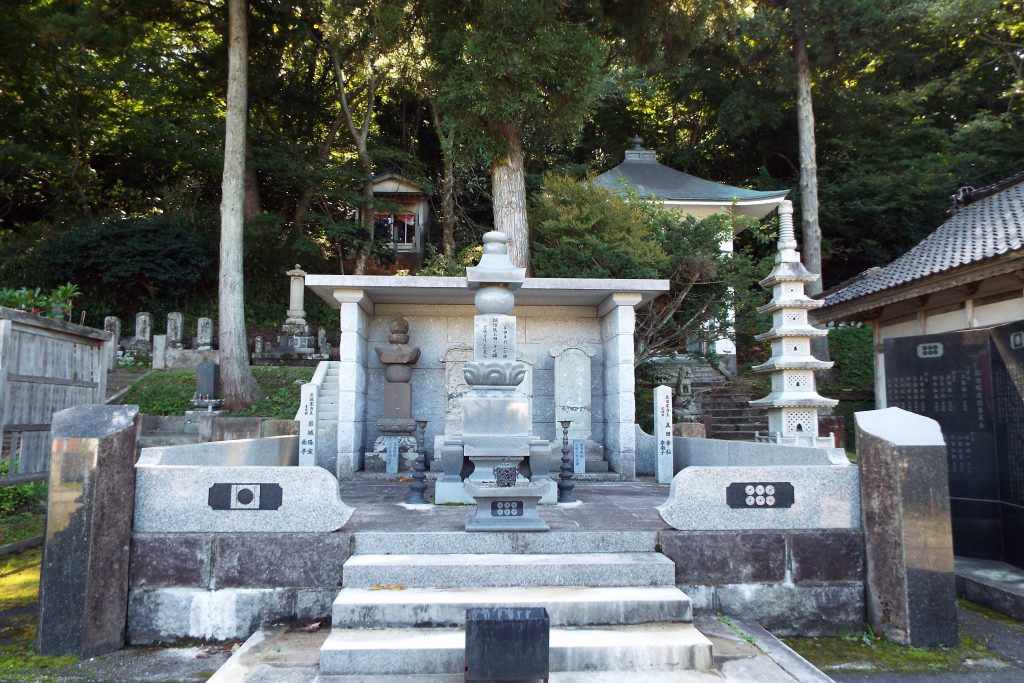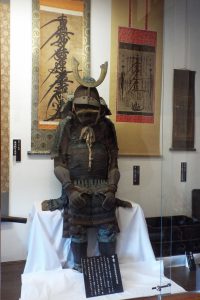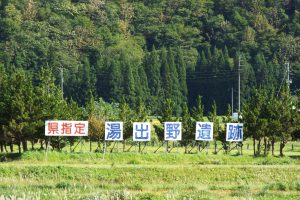[:en]
10. Myoukei-ji Temple
location: Yurihonjo Kameda – 10 minutes from Kameda railway station by car.
Myoukei-ji temple was founded in Kameda by Lady Oden (Oden-no-kata) in 1629 to pray for enlightenment and for the revival of her family.
Lady Oden, whose first name was Nao, was born in 1604 . She is primarily known as the daughter of the Sengoku military commander, Yukimura Sanada, whose life was made into a popular NHK TV drama.
She supported her father, Yukimura, when he fought against Ieyasu Tokugawa during the Siege of Osaka in 1614. The following year, after her father’s defeat, she was transferred and kept captive at O-oku (the inner halls of Edo Castle) in Edo and then later she went to live with her mother in Kyoto.
Here, Nao caught the attention of Yoshinobu Satake, who was Lord of the Kubota (Akita) Domain at this time. She was subsequently taken to Akita and became the wife of Yoshinobu’s brother, Nobuie.
Nobuie was later appointed the feudal lord of the Kameda Domain and so Nao moved again, this time to Kameda. Their first son also became the feudal lord of Kameda.
Nao was supposed to inherit the title “Lady Sanada”, after her father, but she decided against this due to the political situation at this time. Instead, she dropped the first character of his name (“Sana”) and took just the second character (“da”) with an alternative pronunciation, “Lady Oden”.
The family’s Japanese halberd, which is on display in the temple today, was loved and used by Lady Oden.
At the temple you can learn about the life and destiny of the daughter of a military commander in the Sengoku Period, a time of turbulence and war in Japanese history.
keywords: history, Sanada family
features: Yukimura Sanada, daughter of famous samurai during Sengoku Period 15th/16th century, national treasure, Oden’s Japanese halberd
written by S. Hatazawa

[:ja]
名称 妙慶寺(みょうけいじ)
種別 歴史 真田家
場所 由利本荘市 亀田
亀田駅から車で10分
イメージ 真田幸村 戦国武将の娘 幻の国宝御田の薙刀
概要
妙慶寺は、御田の方により、真田家の菩提を弔い、家の再興を祈願し1629年(寛永6年)亀田に創建された。
御田の方は、NHK大河ドラマで知られる戦国武将真田幸村の娘 直(なお)として1604年に生まれた。幸村が徳川家康と戦った大阪冬の陣では大阪城で父を助けた。大阪夏の陣の後、江戸(東京)大奥で人質として暮らし、その後京都で母と暮らした。そこで、直は、久保田藩(秋田藩)佐竹義宜の目にとまり秋田に下向、後に義宜の実弟宜家の妻となった。後に宜家が亀田藩主となり、直も亀田に居を構えることとなった。宜家との間に生まれた長男重隆も亀田藩主となっている。直は「真田の方」となるはずが、将軍徳川秀忠に遠慮し「真」の字をとって「御田の方」と呼ばれた。
寺宝として現在に伝わる薙刀は、御田の方が愛用したものである。
このお寺で、戦国武将の娘の運命を学ぶことができる。
S.HATAZAWA

[:]



